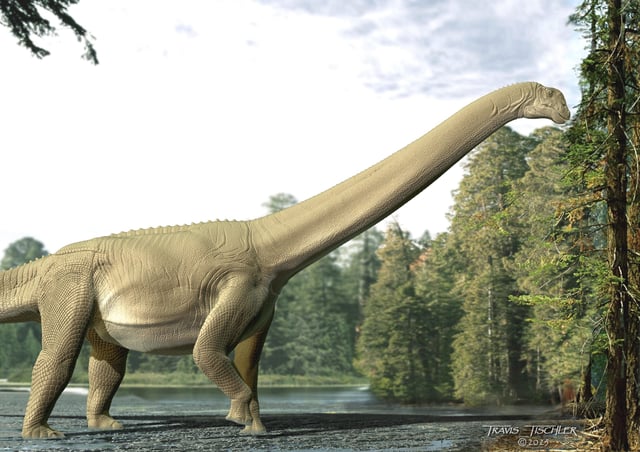Overview
- Researchers reported in Current Biology the first direct evidence of a sauropod diet by identifying a mineralized cololite in a subadult Diamantinasaurus matildae skeleton excavated near Winton, Queensland, in 2017.
- Microscopic and chemical tests revealed plant fragments including conifer bracts, seed fern fruiting bodies and angiosperm leaves preserved within the gut contents.
- The absence of chewing marks on the vegetation supports the view that sauropods swallowed plant material whole and depended on gut microbiota to ferment and break down fibrous tissues.
- Evidence of both high-browse conifer fragments and low-growing flowering plants suggests that juveniles fed near the ground before shifting to higher foliage as they grew.
- The findings validate long-held hypotheses about sauropod bulk feeding and underline their role as powerful ecosystem engineers in mid‐Cretaceous environments.


